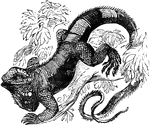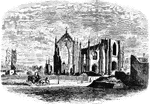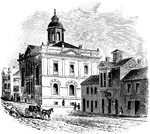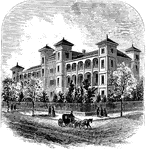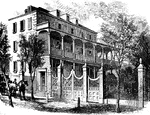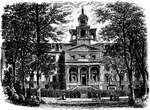
Inca Clathrata
"They are met with in South America. The males have an extraordinary head. They fly during the day around…

Mission Ridge
Mission Ridge (or Missionary Ridge) was the site of the November 25, 1864 Civil War battle, the Battle…

Cliff overlooking Tugaloo River
An illustration of a cliff over looking the Tugaloo river. The Tugaloo River is a short river bordering…

Emerald Tree Boa
Xiphosoma Caninum or Corallus caninus is a non-venomous boa species found in the rainforests of South…
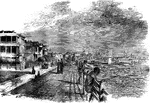
Battery Park
An illustration of Battery Park is a landmark promenade in Charleston, South Carolina famous for it's…

Battery Park
An illustration of Battery Park is a landmark promenade in Charleston, South Carolina famous for it's…

John C. Calhoun's Grave
John C. Calhoun (March 18, 1782 - March 31, 1850) was a leading Southern politician and political philosopher…
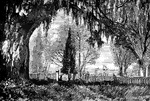
Magnolia Cemetery
An illustration of Magnolia Cemetery located in Charleston, South Carolina. Approximately 35,000 people…
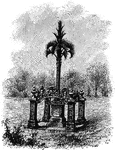
Iron Palmetto
In honor of the forty percent of South Carolina's palmetto regiment an iron palmetto was erected. This…

Old South Meeting House
The Old South Meeting House in Boston, Mass. gained fame as the organizing point for the Boston Tea…
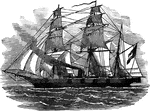
The Alabama
The Alabama was a Confederate man-of-war built by the British. It served as a commerce raider attacking…

Fort Washington
Fort Washington was the only defense that the capital had at the beginning of the Civil War.

Allatoona Pass
The Battle of Allatoona, also known as Allatoona Pass, was fought October 5, 1864, as part of the Franklin-Nashville…
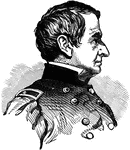
Robert Anderson
Robert Anderson was an American military leader. He served as a Union Army officer in the American Civil…
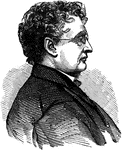
John A. Andrew
He served as the Governor of Massachusetts between 1861 and 1866 during the tumultuous American Civil…

Toba Indian
The Tobas wear but little clothes, except when they come into the presence of white people or cross…
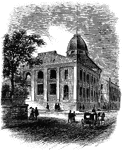
Gratiot Street Prison
The Gratiot Street Prison was an American Civil War prison located in St. Louis, Missouri and was the…
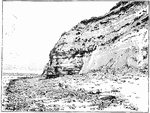
Aust Cliffe, Severn Estuary, Gloucetershire
Aust Cliff is a geological Site of Special Scientific Interest adjacent to the Severn Estuary, near…
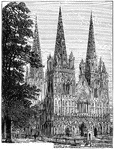
Lichfield Cathedral
Lichfield Cathedral is situated in Lichfield, Staffordshire, England. It is the only medieval English…
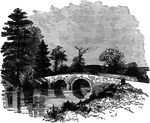
"Burnside Bridge," Antietam Creek
The bridge played a key role in the September 1862 Battle of Antietam during the American Civil War…

Savannah River
The Savannah River is a major river in the southeastern United States, forming most of the border between…

Atlanta, Georgia in 1874
An illustration of Atlanta, Georgia as depicted in 1874. Atlanta, GA is the capital and the most populous…
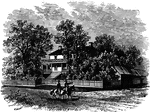
McLean's House: The Place of Lee's Surrender
The McLean residence, at the Appomattox Courthouse, where General Lee met with General Grant to sign…
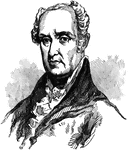
John Armstrong
John Armstrong was an American civil engineer and soldier who served as a major general in the Revolutionary…
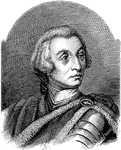
General James Oglethorpe
James Oglethorpe (1/2/22/1696 - 6/30/1785) was a British general, a philanthropist and was the founder…
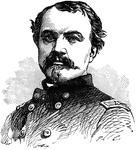
William Woods Averell
William Woods Averell was a career United States Army officer and a cavalry General in the American…
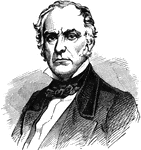
Edward Dickinson Baker
Edward Dickinson Baker (February 24, 1811 – October 21, 1861) was an English-born American politician,…

Nathaniel Prentiss Banks
He was an American politician and soldier, served as Governor of Massachusetts, Speaker of the U.S.…
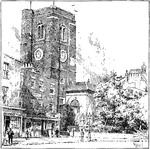
Old Church at Chelsea
Formerly it was the parish church of Chelsea when it was a village, before it was engulfed by London.…
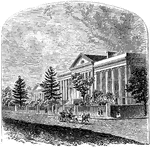
Marine Hospital
The United States Marine Hospital is a historic Greek Revival hospital building in Mobile, Alabama.…

U.S. Battle-ship Kearsarge
USS Kearsarge (BB-5), the lead ship of her class of battleships, was the first ship of the United States…
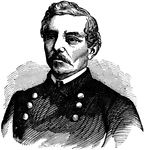
General Pierre Gustave Toutant Beauregard
Pierre Gustave Toutant Beauregard was a Louisiana-born author, civil servant, politician, inventor,…
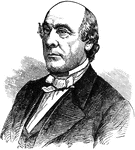
Henry Whitney Bellows
Henry Whitney Bellows was an American clergyman, and the planner and president of the United States…
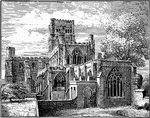
St. Alban's Abbey before the Modern Restoration
St. Alban's Abbey, Mainz (Stift St. Alban vor Mainz) originated as a Benedictine abbey, founded in 787…

Battle at Big Black River
The Battle of Big Black River Bridge, or Big Black, fought May 17, 1863, was part of the Vicksburg Campaign…

View on the Big Black River
The Battle of Big Black River Bridge, or Big Black, fought May 17, 1863, was part of the Vicksburg Campaign…

A Confederate Blockade-Runner
The British ran a blockade of Southern ports with vessels carrying arms, ammunitions, and other supplies…
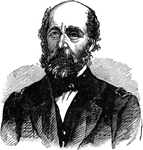
Captain Charles Stewart Boggs
Charles Stuart Boggs (28 January 1811 - 22 April 1877) served in the United States Navy during the Mexican-American…
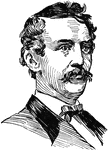
John Wilkes Booth
John Wilkes Booth was an American stage actor who assassinated Abraham Lincoln, the 16th President of…
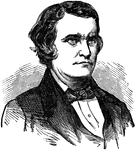
John Cabell Breckinridge
John Cabell Breckinridge was a lawyer, U.S. Representative, Senator from Kentucky, Vice President of…

John Brown
John Brown (May 9, 1800 – December 2, 1859) was an American abolitionist who advocated and practiced…
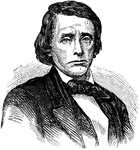
William Gannaway Brownlow
William Gannaway Brownlow was Governor of Tennessee from 1865 to 1869 and a Senator from Tennessee from…
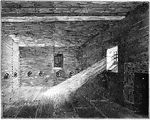
Lollard Prison, Lambeth Palace
Lambeth Palace is the official London residence of the Archbishop of Canterbury. It is located in Lambeth,…

Battle of Bull Run
The First Battle of Bull Run, also known as the First Battle of Manassas, was the first major land battle…
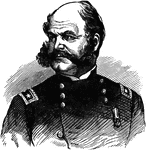
Ambrose Everett Burnside
Ambrose Everett Burnside (May 23, 1824 – September 13, 1881) was an American soldier, railroad executive,…

Daniel Butterfield
Daniel Adams Butterfield (October 31, 1831 – July 17, 1901) was a New York businessman, a Union General…
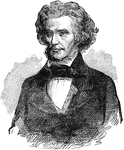
John C. Calhoun
A portrait of John C. Calhoun, one of the leading United States Southern politicians and philosopher…
